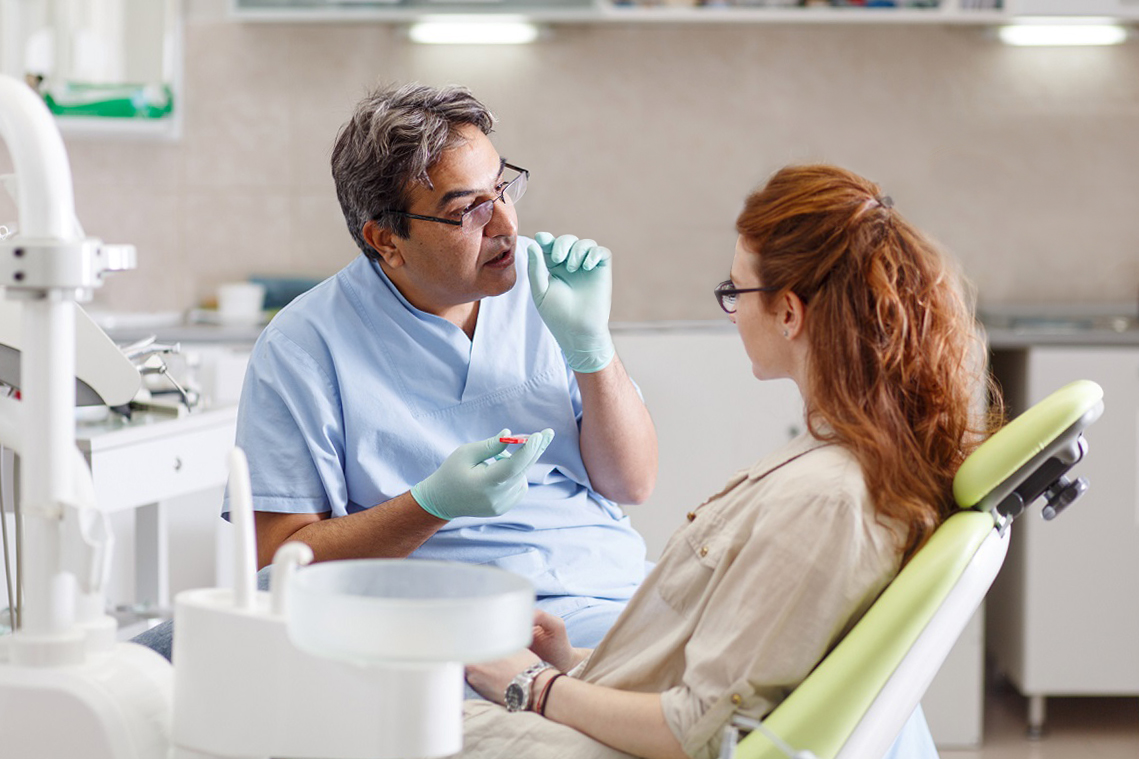10 Easy Facts About Legacy Orthodontics Explained
10 Easy Facts About Legacy Orthodontics Explained
Blog Article
The 30-Second Trick For Legacy Orthodontics
Table of ContentsThe Of Legacy OrthodonticsTop Guidelines Of Legacy OrthodonticsA Biased View of Legacy OrthodonticsIndicators on Legacy Orthodontics You Need To KnowGetting The Legacy Orthodontics To Work
In enhancement, we offer flexible therapy timetables, versatile settlement alternatives and a fun, enjoyable experience.An orthodontist is a dental practitioner trained to diagnose, avoid, and treat teeth and jaw irregularities. They remedy existing problems and are trained to identify troubles that may establish in the future. Orthodontists deal with people of every ages, from children to grownups. Individuals frequently link a best smile with healthiness.
Malocclusion, or misaligned teeth, can cause dental problems, consisting of dental caries, periodontal disease, and difficult or excruciating chewing. Yet not everybody is birthed with straight teeth. If you have a bad bite or big rooms between your teeth, you might intend to seek advice from a dental practitioner specializing in orthodontic care.
Not known Details About Legacy Orthodontics
( Picture Credit Rating: DigitalVision/Getty Images) Orthodontists use repaired and detachable oral devices, like braces, retainers, and bands, to change the setting of teeth in your mouth. Orthodontic treatment is for oral irregularities, consisting of: Uneven teethBite issues, like an overbite or an underbiteCrowded teeth or teeth that are also much apartJaw misalignmentThe goal of orthodontic treatment is to boost your bite.
A healthy and balanced bite guarantees you can eat, chew, and talk properly. While you might consider orthodontists as generally for youngsters or teens who need braces, they can fix oral troubles at any type of age. Orthodontists attend university, oral college, and orthodontic college. After college graduation, they invest 2 or 3 years in an orthodontic residency program.
All orthodontists are dental professionals, however not all dental professionals are orthodontists. Orthodontic residency programs supply intensive, focused direction for dental experts. They concentrate on two locations: How to appropriately and safely move teeth Just how to correctly direct development in the teeth, jaw, and faceOnce an orthodontist has completed training, they have the option to become board accredited.
Legacy Orthodontics Fundamentals Explained
Imbalance, or malocclusion, is the most usual reason individuals see an orthodontist. It is hereditary and is the result of dimension differences in between the top and reduced jaw or in between the jaw and teeth. Malocclusion leads to tooth overcrowding, a twisted jaw, or uneven bite patterns. Malocclusion is normally treated with: Your orthodontist affixes metal, ceramic, or plastic square bonds to your teeth.
If you have just minor malocclusion, you may be able to make use of clear dental braces, called aligners, as opposed to conventional dental braces (https://www.twitch.tv/legacyortho/about). Some individuals need a headwear to assist move teeth right into line with stress from outside the mouth. After braces or aligners, you'll require to put on a retainer. A retainer is a custom gadget that maintains your teeth in location.
They can develop added area in the mouth without having to draw teeth. Orthodontists use cables, surgical screws, or plates try here to support your jaw bone.
You might require to see an orthodontist if you have: Crowding or not enough space for all of your teethOverbite, when your upper teeth come your base teethUnderbite, when your base teeth are also much forwardSpacing or problems with gapsCrossbite, which is when your upper teeth fit behind your bottom teeth when your mouth is closedOpen bite or an upright void in between your front bottom and upper teethMisplaced midline, when the facility of your base and upper teeth do not line up Dealing with an oral malocclusion can: Make biting, chewing, and speaking easierImprove the balance of our face and your overall appearanceEase discomfort from temporomandibular joint problemsSeparate your teeth and make them much easier to clean up, aiding avoid dental caries or cavities It's frequently a dentist that initially notifications misaligned teeth throughout a regular test.
How Legacy Orthodontics can Save You Time, Stress, and Money.

During your initial orthodontic consultation, you'll likely have: A dental examPhotos taken of your face and smileDental X-raysPanoramic (360 degree) X-rays of your face and headImpressions to develop mold and mildews of your teethThese tests will aid your orthodontist know exactly how to wage your treatment. orthodontist. An orthodontist is a dental professional who's had training to treat your teeth and jaw
Orthodontists may carry out surgical treatment, exams,X-rays,and even more to help you attain a much more comfortable, healthier smile. An orthodontist is focused on your bite, so something like a broken tooth would be handled by a dental professional. Orthodontists are dental professionals however not all dental experts are orthodontists. Orthodontists are concentrated on your bite, or the method your teeth fit with each other, and the straightness of your teeth.
Ever asked yourself exactly how stars always appear to have flawlessly lined up teeth? The answer frequently hinges on the proficient hands of an orthodontist. What precisely does an orthodontist do? Orthodontists are oral experts who concentrate on fixing abnormalities in the teeth and jaws. Their knowledge exceeds simply creating a beautiful smile; it reaches enhancing your total oral health and feature.
Legacy Orthodontics Fundamentals Explained

, orthodontists have a varied toolkit at their disposal. These tried-and-true dental braces make use of a system of brackets adhered to the teeth and linked by cables.
These detachable trays are tailor-made to gradually move the teeth's placement. In instances of slim jaws, palatal expanders can be made use of to develop space for appropriate tooth alignment.
Report this page